Affiliate links on Android Authority may earn us a commission. Learn more.
Mobile HDR: What's all the fuss about?
Published onOctober 10, 2017
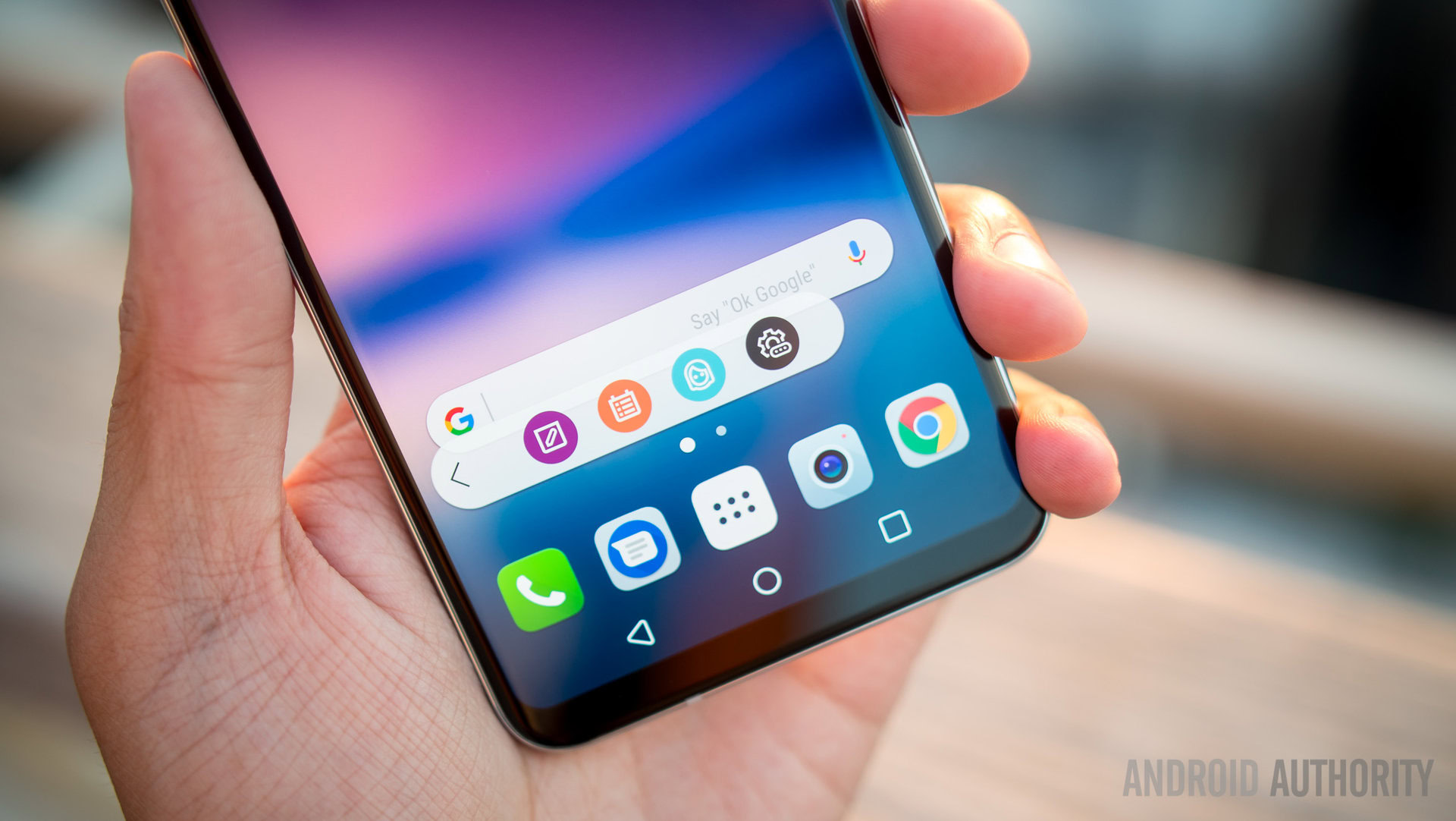
Although it’s just becoming more common in smartphone displays, HDR has been a buzzword in the TV industry for several years. But actual TVs — with screen sizes of 65 inches or more practically being the norm — are a far cry from a smartphone in almost every way.
Despite this, smartphones are increasingly being pushed as devices that can offer the home theatre experience of TVs on the go. So it was inevitable that we would eventually begin to see HDR there, too.
But what is mobile HDR? How does it work? Does it noticeably enhance the experience of media consumption on mobile devices? And, perhaps most importantly, is mobile HDR worth the premium you’ll need to pay to get your hands on it right now?

High Dynamic Range: What is HDR?
HDR stands for high dynamic range. As it relates to display technology, dynamic range refers to ratios between the smallest and largest values of color, contrast, and brightness.
Dynamic range compares the amount of color the display puts off to the full visual spectrum.
When we assess the dynamic range of a display, we’re comparing the amount of color the display puts off to the full visual spectrum, which is all the color that the human eye can see. In short, screens with a high dynamic range output much more of the visual spectrum than displays with standard definition (SDR). As a result, HDR displays need to output a significantly higher amount of light. This makes them harder to produce and therefore more expensive.
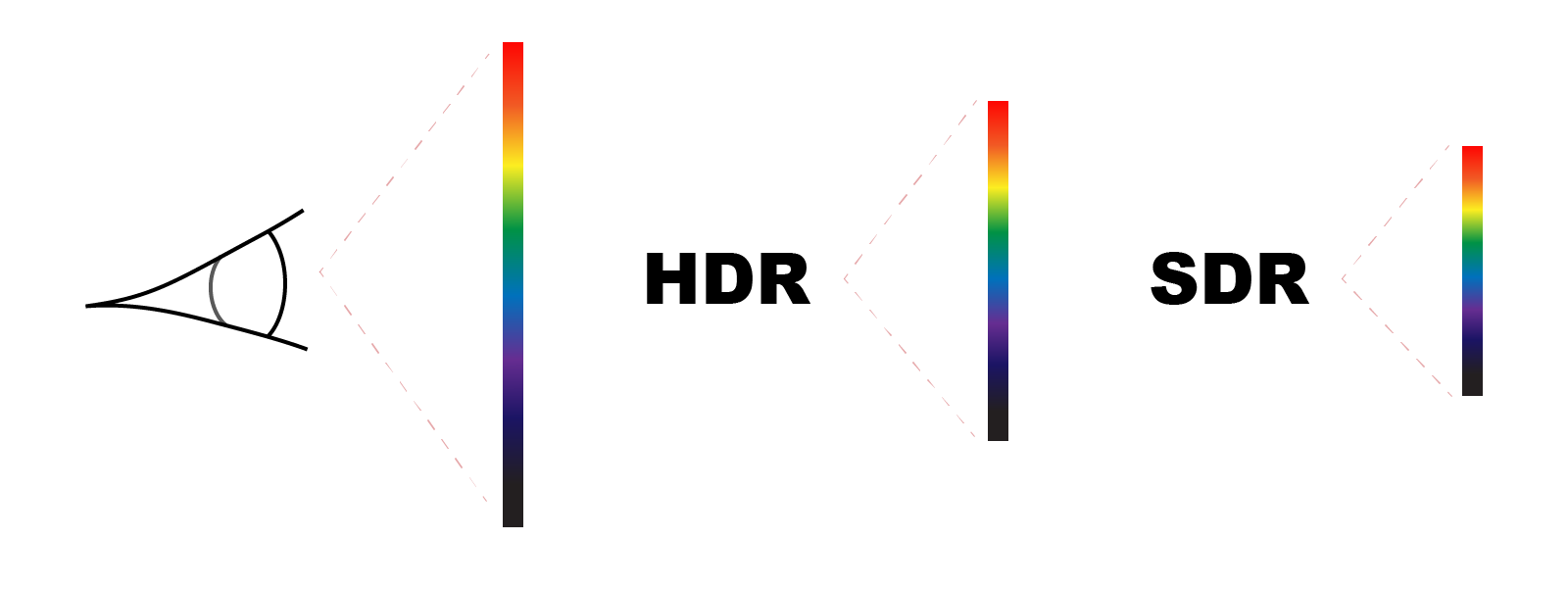
HDR is also affected by color spaces like DCI-P3 and sRGB, which Gary explained in a video and article posted a few months back. I highly recommend checking them out.
An issue of availability
A display can only look as good as the content that’s playing on it. Barring the limits of upscaling, a standard DVD playing on a 4K television isn’t going to look very different than on a television with 1080p resolution, and it’s the same situation with HDR.
You can’t experience true HDR on a HDR-capable display without HDR content, and vice versa.
You can’t experience true HDR on a HDR-capable display without HDR content, and vice versa. A display with HDR capabilities cannot manufacture dynamic range. If the video wasn’t recorded with HDR, it won’t display as HDR.


However, it is possible to achieve a limited level of HDR video playback with software. Google recently announced that HDR content in YouTube would be available to select devices. Some of the supported devices have actual HDR displays, but the Pixel and Pixel XL from last year also made the list, despite not having HDR screens.
Per statements from representatives at Google, this software-based HDR feature amounts to jury-rigging the Pixel’s software decoder so as to offer an HDR-like experience. It will look as close to true HDR as the Pixel display allows, though only on Youtube.
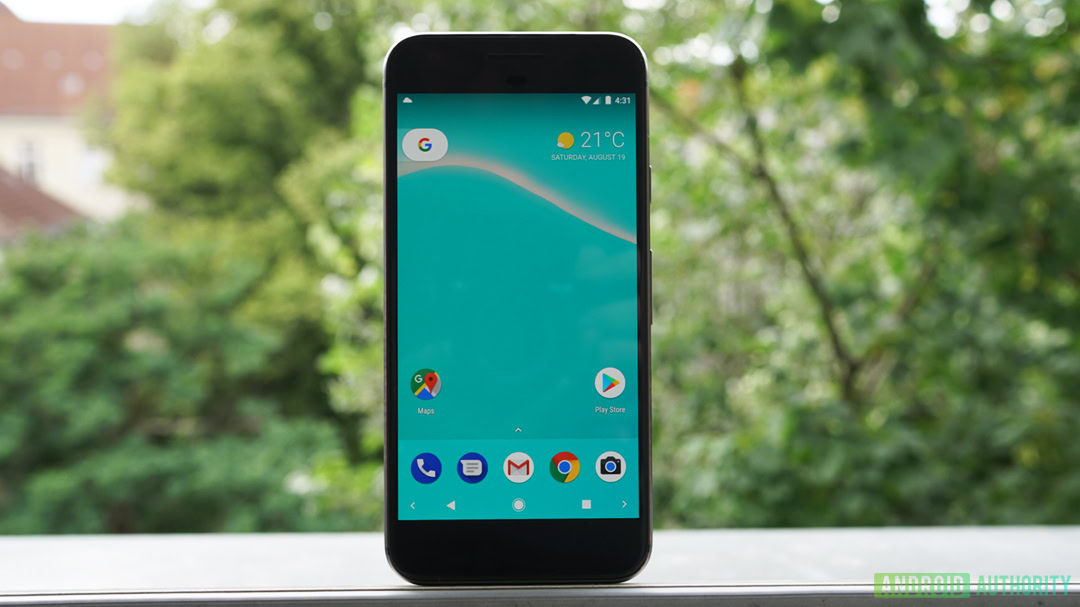
But my camera supports HDR …
HDR can mean a lot of different things. In displays it refers to color, contrast and brightness. That’s not quite what it typically means for cameras.
HDR in your phone's camera is achieved via software, whereas display HDR is largely a matter of hardware.
HDR photos are made by capturing multiple images at different exposures and then combining them into a single image to simulate greater dynamic range using software. HDR technology in displays is usually done on a hardware level, which is a pretty important distinction.
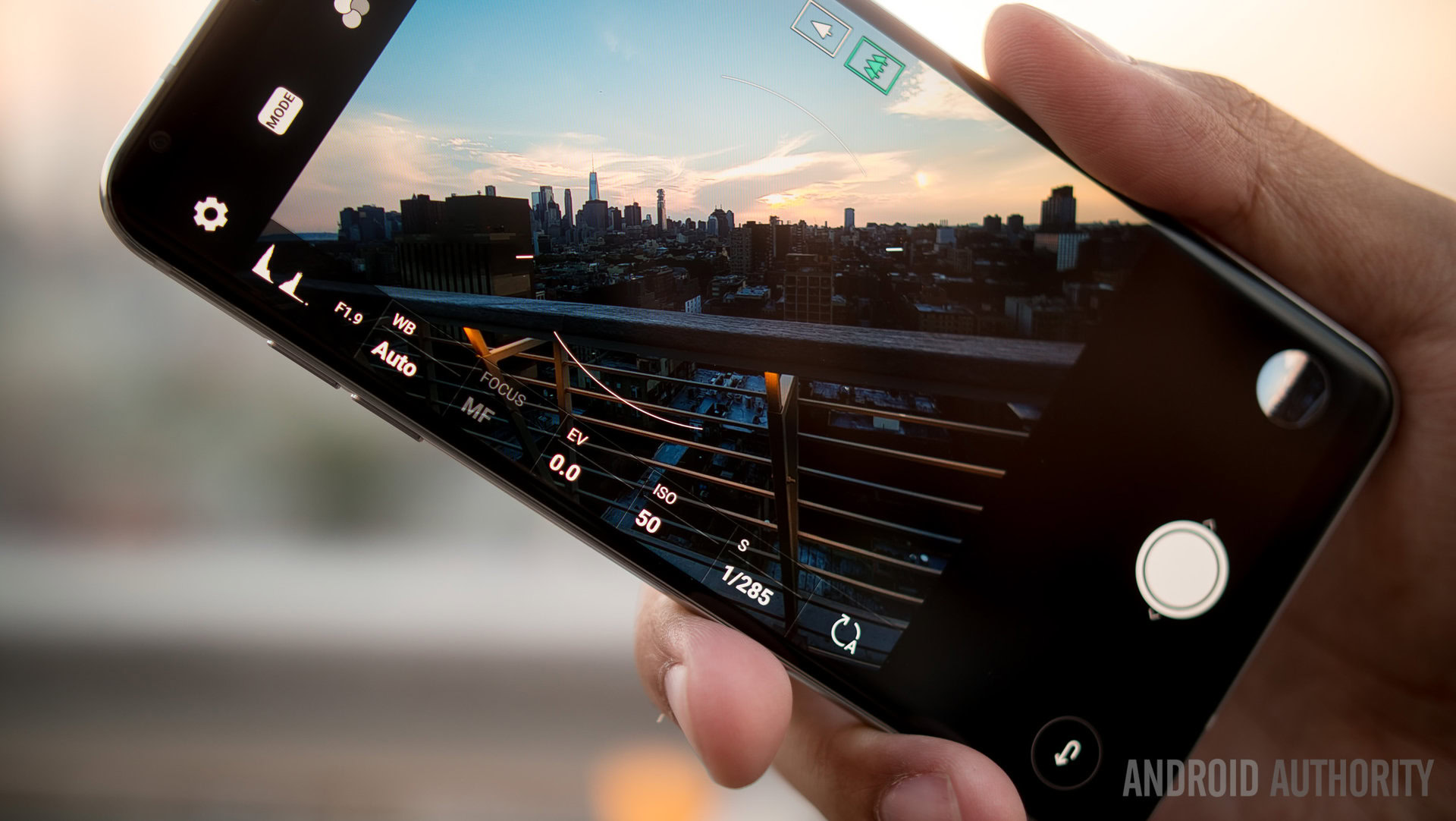
Standards for mobile HDR
Ever since last year’s Note 7, a number of other devices have jumped onto the HDR bandwagon. Between them, we’re seeing three types of HDR on smartphone displays: HDR10, Dolby Vision, and Mobile HDR Premium.
HDR10 and Dolby Vision are technical standards while Mobile HDR Premium is mostly a certification standard.
There are some important distinctions between these three standards. For starters, HDR10 and Dolby Vision are technical standards while Mobile HDR Premium is mostly a certification standard.
Between HDR10 and Dolby Vision, one of the key differences is color depth. Displays with standard dynamic range have 8-bit color depth, which denotes the number of variants, or shades, of each color that a display can output. 8-bit SDR displays have 255 options for any given RGB color.
Meanwhile, HDR10 displays have 10-bit color depth, which means that each RGB color has 1,024 variants. Dolby Vision displays up the ante even further with 12-bit color depth. However, there is a growing consensus among cinephiles that the difference between 10-bit and 12-bit color depth is much smaller than the difference between 8-bit and 10-bit color depth.
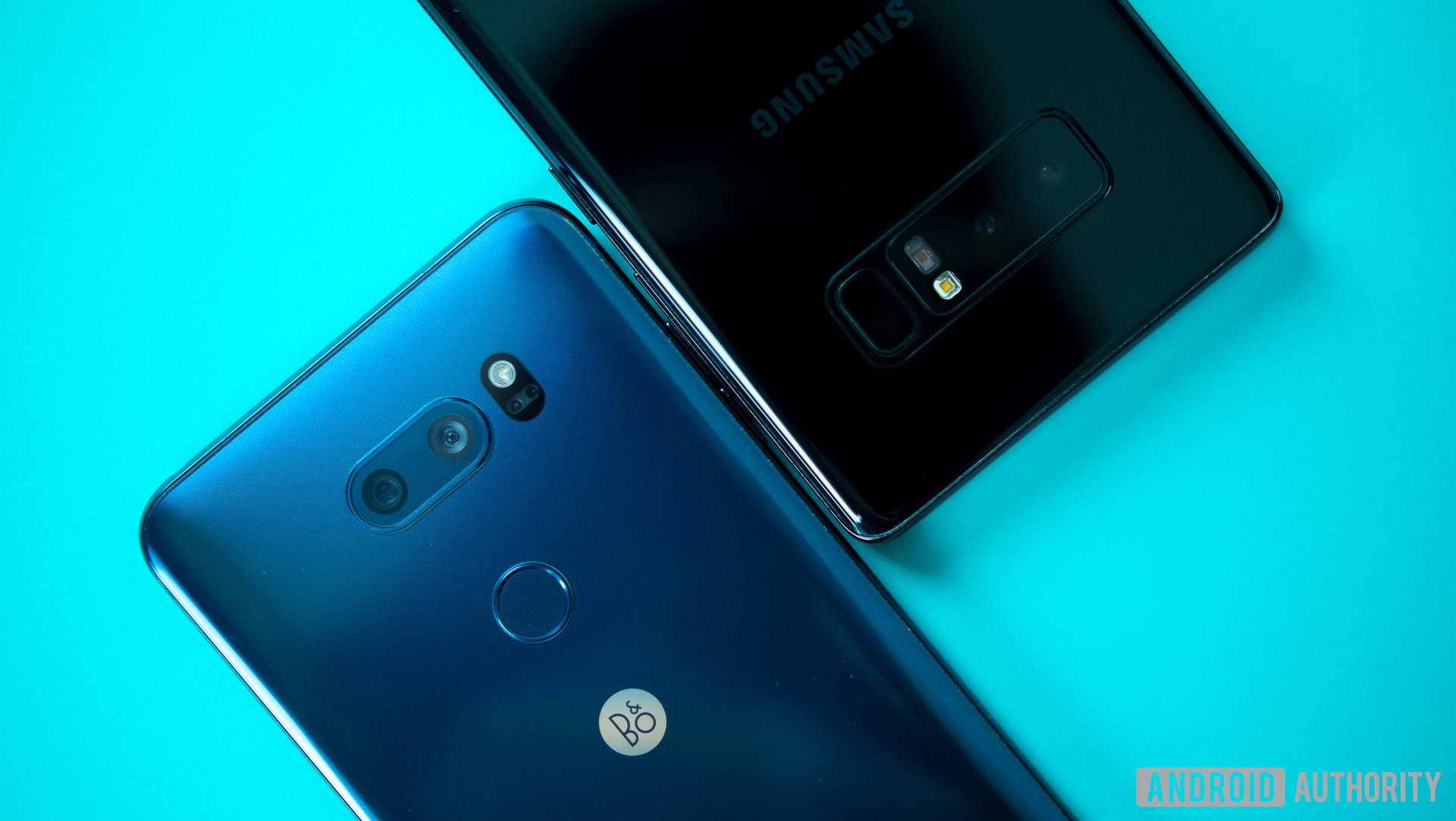
Aside from actual color output, the other important ingredient to good HDR is light. The luminance of a display is measured using units called nits. A display certified for HDR10 can reach up to 1000 nits while a display with Dolby Vision can reach up to 4000 nits.
Another key difference between the two standards is that HDR10 is open-source and Dolby Vision is a proprietary form of HDR developed by Dolby Laboratories. HDR10 only costs as much as it takes to produce the display, while implementing Dolby Vision requires a licensing deal with Dolby Laboratories. This makes Dolby Vision more expensive for OEMs and consequently for consumers.
Mobile HDR Premium is a subset of the UHD Alliance's Ultra HD Premium certification for TVs. Meanwhile, Dolby Vision is licensed technology, and HDR10 is an open-source specification.
Mobile HDR Premium is most comparable to HDR10, but with slightly lesser technical criteria. According to the UHD Alliance — a global organization that created the Mobile HDR Premium certification — the main criteria for Mobile HDR Premium are a minimum of 90 percent of the P3 color gamut and 540 nits of brightness.
There could very well come a point when one de facto HDR standard is established. However, at least for the time being, all three are being used by flagship devices, with phones like the LG V30 and G6 even using more than one! Mobile HDR seems poised to become the next major display trend after curved and bezel-less displays. But is it really necessary?
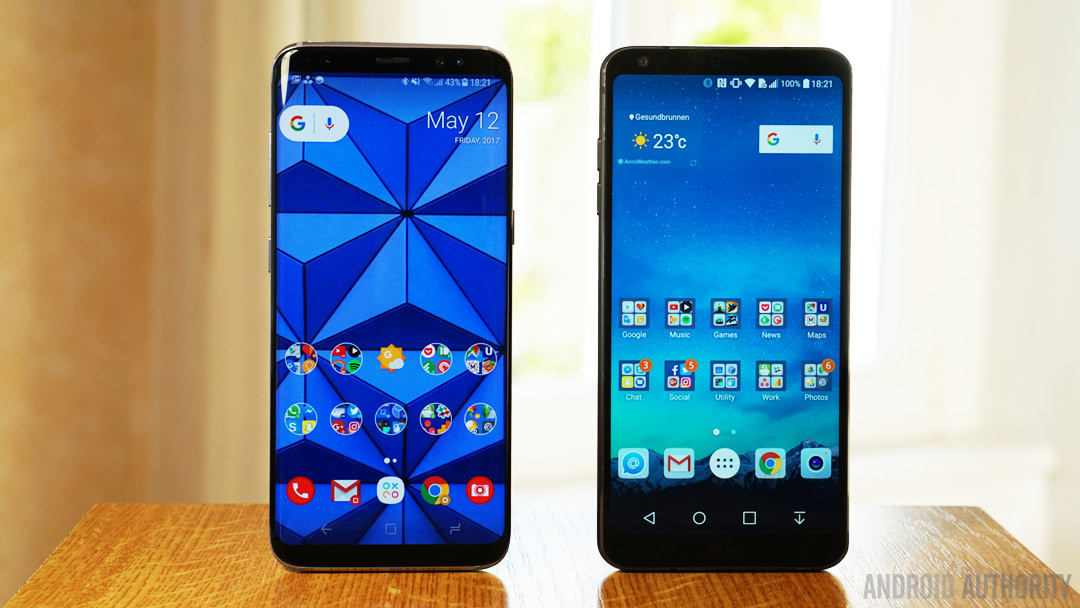
Is mobile HDR necessary?
The value of HDR is going to depend on how you use your device and, more specifically, your mobile content consumption habits. After all, someone who streams a lot of video will gain more from mobile HDR than someone who only watches the occasional YouTube video. Especially since mobile HDR currently comes at a premium.

It’s hard to deny how much of an impact HDR can have on huge TVs running at 4K or even 8K resolutions. But how much of an effect does it really have on a display that’s 40 or more inches smaller and usually caps at 1440p?
On one hand, it’s estimated that HDR screens have an output of at least 60 percent more color than SDR and oftentimes far more than even that. So HDR is definitely technically worthwhile.
On the other hand, mobile HDR requires HDR content and there’s just not much around these days. It’s hard to justify the cost of new tech if it has limited current applications.
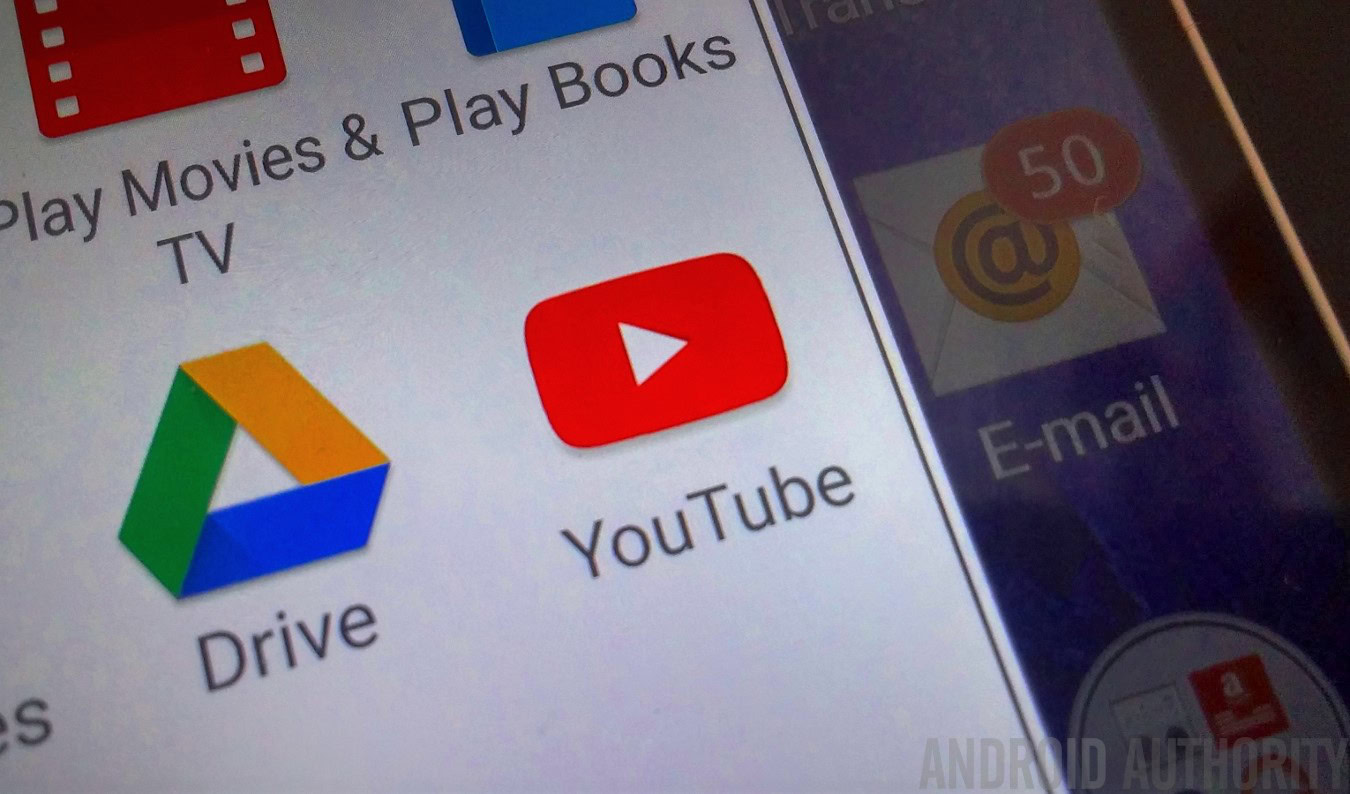
HDR content for your smartphone
Today, if you’re looking to enjoy some HDR content on your smartphone, there are only a handful of sources other than YouTube from which to access it. Netflix is one of the most well-known providers of HDR content for streaming, both for televisions and for mobile devices.
Much of the company’s original content, including Narcos, Santa Clarita Diet, Death Note, Okja, Daredevil and the other Marvel shows are compatible with HDR, though you’ll need to be on Netflix’s premium plan to access it.
Amazon offers a healthy selection of HDR films, too. Typing “HDR” in the Amazon Video app will surface a number of well-known compatible titles like Interstellar, Men in Black 3, Elysium, After Earth, and many others.
VUDU, a company known for fulfilling digital download codes from Blu-Ray purchases, also offers HDR content for compatible mobile devices as part of its robust library of both current and classic films.
Apple’s new 4K- and HDR-capable Apple TV means that HDR content is on its way to iTunes. This fact alone should help get content creators and distributors on board faster.
For the time being, these five streaming services account for nearly all the HDR content you can access on your mobile device. Only a fraction of the content available from each service is optimized for HDR, though now that it’s available, expect their offerings to grow considerably in the weeks and months ahead.
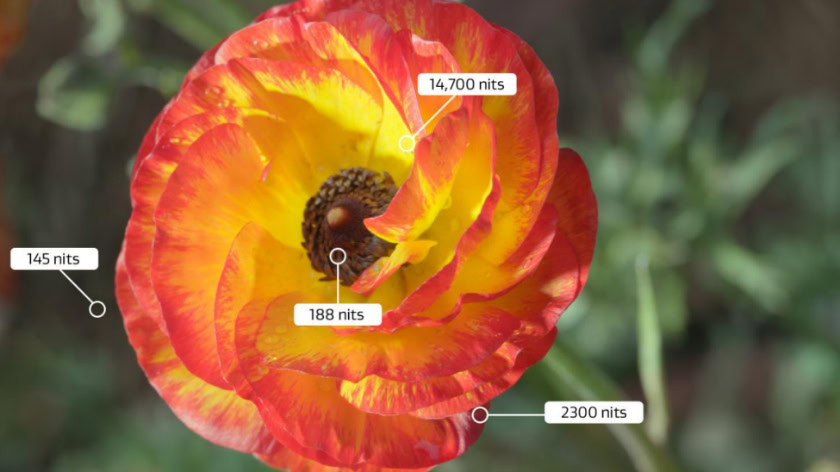
Bottom line
How much HDR matters comes down to how you use your mobile device. When there’s content available, an HDR display is great, but it’s only worthwhile for someone who does a lot of streaming.
Similarly, having an HDR display won’t really matter if the content you’re streaming hasn’t been optimized for HDR displays, though there’s something to be said for wanting to future-proof one’s smartphone.
It's probably just a matter of time before mobile HDR follows 1440p resolution as the next standard of mobile display technology.
In much the same way that HDR followed 4K on televisions, it’s probably just a matter of time before mobile HDR follows 1440p resolution as the next standard of mobile display technology. Are you the early-adopter type, or are you the type who will avoid paying an “HDR tax” until you think it’s actually worth it?
What’s your perspective on mobile HDR? Does your current daily driver offer HDR? If so, do you watch a lot of HDR content on your smartphone? If not, is HDR a selling feature for you? Sound off in the comments below.